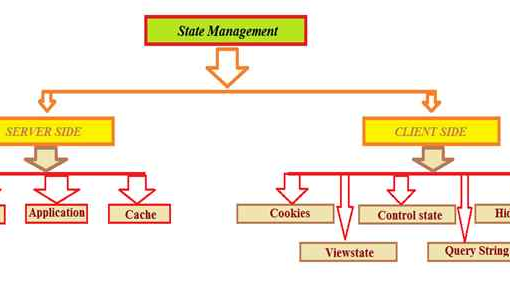In the ever-evolving realm of finance, Bitcoin stands as a revolutionary force, challenging traditional notions of money and sparking curiosity worldwide. But what exactly is Bitcoin, and how does it function? This comprehensive blog delves into the core concepts of coin, exploring its origins, functionalities, and potential impact on the future of finance.

A Glimpse into Bitcoin’s Genesis:
Bitcoin’s story began in 2008 with the publication of a white paper by the pseudonymous Satoshi Nakamoto. This paper outlined the concept of a decentralized digital currency, free from the control of any central authority like a bank or government. In 2009, the coin network was launched, marking the birth of the first-ever cryptocurrency.
Understanding the Core Principles:
Several key features differentiate Bitcoin from traditional currencies:
- Decentralization: Unlike government-issued currencies, coin is not controlled by any single entity. Instead, it operates on a peer-to-peer network, where transactions are recorded on a public ledger called the blockchain, distributed across numerous computers worldwide.
- Cryptographic Security: Bitcoin transactions are secured using cryptography, a complex mathematical system that ensures the authenticity and immutability of transactions. This makes counterfeiting or double-spending virtually impossible.
- Limited Supply: Unlike traditional currencies that can be printed at will, coin has a finite supply of 21 million coins, programmed to be released gradually over time. This scarcity is believed to contribute to its value proposition.
How Does Bitcoin Work?
Transactions on the Bitcoin network occur through a process called mining. Miners, individuals or groups using specialized computers, compete to solve complex mathematical problems. The first miner to solve the problem verifies the transaction and adds it to the blockchain, earning a reward in coin for their efforts. This process not only secures the network but also controls the creation of new Bitcoins.
The Evolving Landscape of Bitcoin:
Bitcoin’s journey has been marked by significant price fluctuations, sparking debates about its viability as a currency and store of value. However, its underlying technology, blockchain, has gained traction across various industries, with potential applications in areas like supply chain management, voting systems, and digital identity management.
The Future of Bitcoin: A Speculative Landscape:
Predicting the future of coin is inherently difficult. While its long-term value proposition remains uncertain, its pioneering role in the cryptocurrency space and its underlying technology’s potential applications continue to generate significant interest and exploration.
Beyond the Basics: Exploring Further:
If you’re interested in learning more about Bitcoin and the broader cryptocurrency landscape, here are some resources to consider:
- Bitcoin.org: https://bitcoin.org/ (Official website)
- Investopedia: What is Bitcoin? https://www.investopedia.com/terms/b/bitcoin.asp
- Coinbase: Learn about crypto basics https://www.coinbase.com/learn/crypto-basics
You may be interested in:
Power of Machine Learning in SAP Analytics Cloud




